Today (June 5) is the World Environment Day and the theme for 2017 - “Connecting people to Nature” brought a smile to my face because I wasn’t aware I was in line with this year’s theme as I had begun this piece. I live in Kozhikode, studied zoology and entomology (insects) and I am a little too extremely passionate about our natural world. Please join me for a picture filled stroll through my neighborhood to meet some of the colorful and extra-ordinary creatures we are privileged to have amidst us!
1. Mushrooms, ferns, snails, bees, moths, birds, reptiles, mammals and everything in between that a person could point a finger at, is here. So what is this place? Am I talking in riddles about some amazing, but little known destination that you could take your next short trip to? Hmmm, I think I could brave it and say ‘yes’ to the second inquiry. This less explored place is our very own neighborhood!
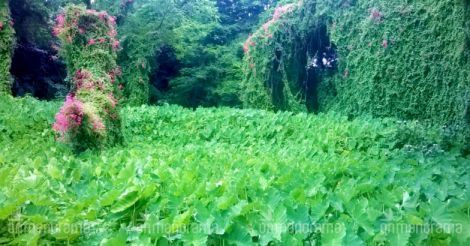
A sight that is becoming rare in our neighborhoods today. Photo: Poornima Viswanathan
2. We travel distances, photograph elusive wildlife, probably even contributing to one or many citizen science initiatives for biodiversity online and off. While we might do all this, have we ever wondered or taken time to see/hear/experience what is around at our very doorsteps?
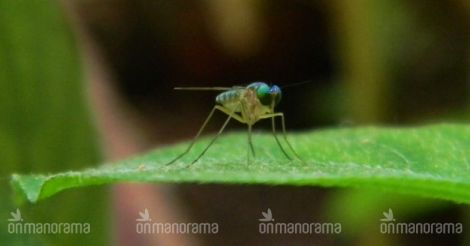
A long-legged fly (Family Dolichopodidae). Photo: Poornima Viswanathan
3. My walks around home take me primarily through lanes that are residential with stretches of small businesses, places of worship and even a small stretch of waterway with mangroves and other plants in it.
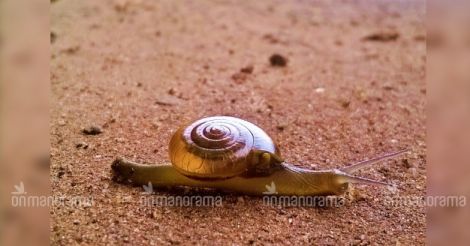
A tiny but beautiful terrestrial snail (Macrochlamys sp. Family Ariophantidae). Photo: Poornima Viswanathan
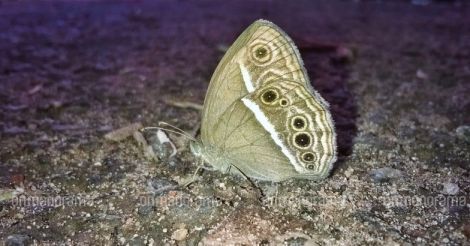
Common Bush brown butterfly (Mycalesis perseus, Nymphalidae). Photo: Poornima Viswanathan
4. Our lives today are taken over by material aims and ambitions, with time-offs becoming synonymous with visiting malls and cinemas, and vacations in far away places. We look at life and our surroundings much differently from how our older generations had. Slowly, increasingly and mostly unconsciously, we have been distancing ourselves from our most primal connection - that of the Natural World, which thrives from its elaborate web of interconnectedness.
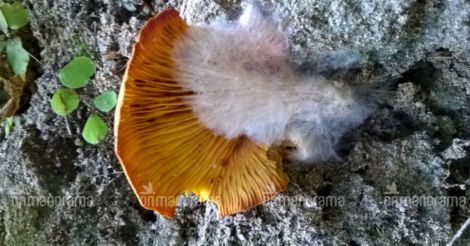
A mushroom (on a compound wall). Fungi, millipedes, and many other small invertebrates help in degrading and decomposing organic matter and thus pay a crucial role in nutrient cycling. Photo: Poornima Viswanathan
5. We forget that it is not just national parks and other protected areas that harbor wildlife but that our immediate surroundings themselves were once pristine wild habitats before our entry into the picture. Although changed, these habitats still continue to be a haven to a plethora of species big and small. But since they have become such a fixture in our lives, we could say that we have become selectively blind to their presence.
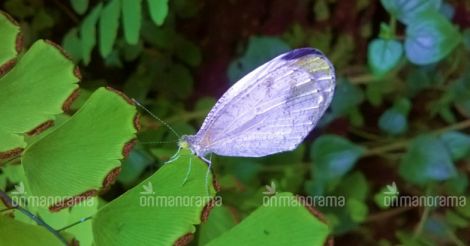
A Psyche butterfly (Leptosia nina, Family Pieridae) on a common fern (Adiantum sp.). Photo: Poornima Viswanathan
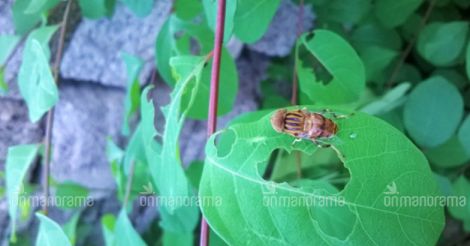
A flower fly or syrphid fly (Eristalinus sp. Family Syrphidae). These are nectar feeders and pollinate plants just as bees do. Photo: Poornima Viswanathan
6. But once you starting observing, you will find that it is such a thrill - joyful and relaxing to see life in so many shapes and sizes and colours, life so plentiful despite our tendencies to make our homes and surrounds a sort of ‘human only’ zone.
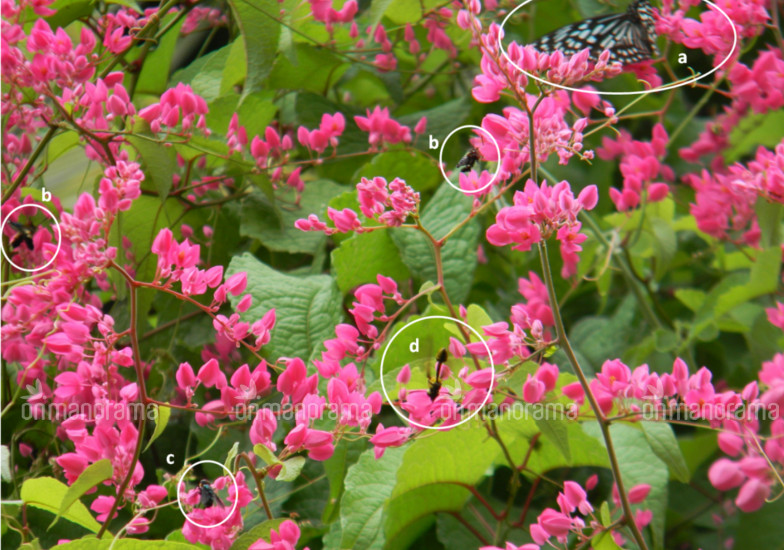
The nectar feast on Antigonon leptopus (an invasive plant species). (a) Dark blue tiger butterfly (Tirumala septentrionis, Family Nymphalidae), (b) Clearwing moths (Family Sesiidae), (c) a fly (unidentified) and (d) a wasp (unidentified). Photo: Poornima Viswanathan
7. We might be familiar with some of the creatures we come by, thanks to them being large and common, but there is a treasure trove of flora and fauna that go unseen by us!
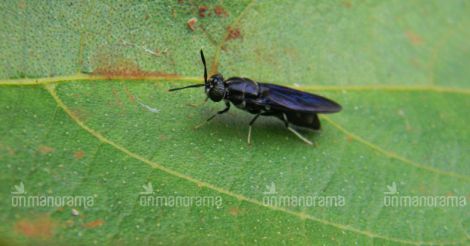
Soldier fly (unidentified, Family Stratiomyidae). Photo: Poornima Viswanathan
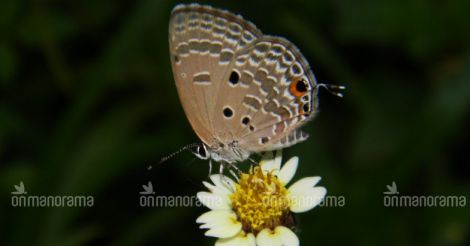
Plain cupid butterfly (Chilades pandava, Family Lycaenidae) on Tridax procumbens, a weed species that is a source of nectar for many. Photo: Poornima Viswanathan
8. As much as the thought of diverse organisms might sound exciting, it is a fact that many of the once commonly seen life forms are becoming a rare sight, their numbers dwindling. Easily relatable examples are that of sparrows and squirrels among larger animals, and bees and ant-lions (Kuzhi-aana in Malayalam) among insects.

An adult ant-lion fly (Family Myrmeleontidae). We are more familiar with its larval form, the ant-lion which we call Kuzhi-aana. The larvae are amazing predators lying at the bottom of their inverted soil funnels to catch unwary prey such as ants that walk across and fall into the pitfall traps. Photo: Poornima Viswanathan
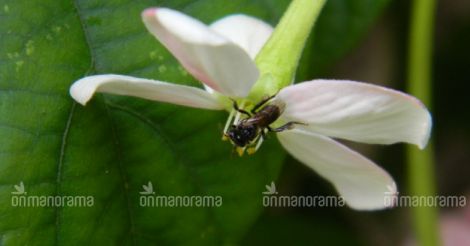
A stingless bee (yes, it is one of the bees that stock up honey and it does not have a sting!) nectaring on a Chinese honeysuckle/Rangoon creeper, Combretum indicum. Photo: Poornima Viswanathan
9. And when it comes to the smaller, lesser known organisms such as invertebrates which make up 80% of all animals, we sadly do not even know how they are faring.
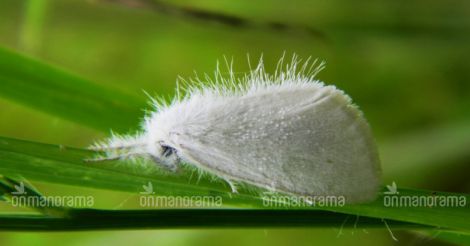
A pretty snow-white moth (unidentified) on grass. Photo: Poornima Viswanathan
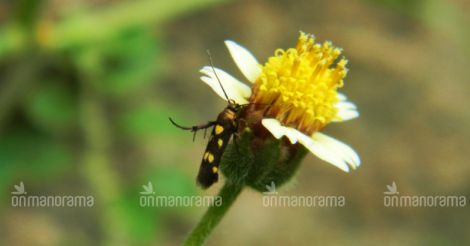
A brown and yellow moth (unidentified) on Tridax procumbens, a common weed. Photo: Poornima Viswanathan
10. It is so very essential for us to remember that a whole range of life forms – from the simple one-celled organisms to fungi to plants to animals share their homes with us and NOT the other way round!
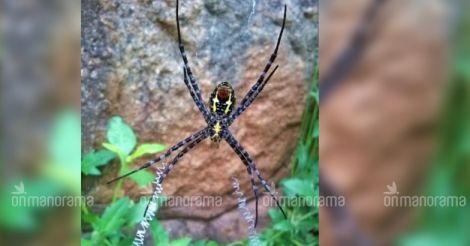
A signature spider or orb-weaver (Argiope sp. Family Araneidae) is an ornate predator common in our region easily recognized from its web-design. Photo: Poornima Viswanathan
11. We are just one tiny link in this elaborate drama of Life on Earth, our home.
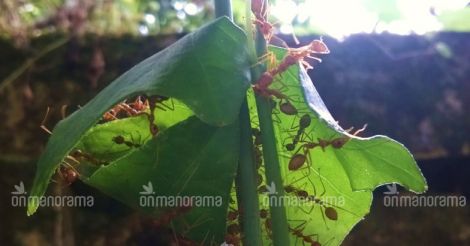
Weaver ants (Oecophylla smaragdina, Family Formicidae) at work presumably constructing a new home. Photo: Poornima Viswanathan
12. Human beings, sitting in the highest rung of the ecological/food-ladder (technically, the food chain or food web), require Nature to be in a good state in order for our survival. Nature nor any of its exuberant wildlife lose nothing if we were to disappear and instead will certainly flourish!
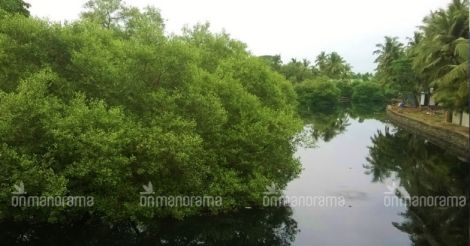
The Kallai, with mangrove and other tolerant plants/tree species growing by its edge, flows by as it has done from time immemorial regardless of all the things we heap upon it. Photo: Poornima Viswanathan

The Kallai, similar to any other water body today, suffers at our hands as we choke her with litter, garbage and other polluting effluents from homes and businesses. Photo: Poornima Viswanathan
13. Even on land, many of our actions that we might attempt to justify from an anthropogenic point of view are causing loss of biodiversity, microhabitats, top soil and water percolation pathways along with changes to species composition.
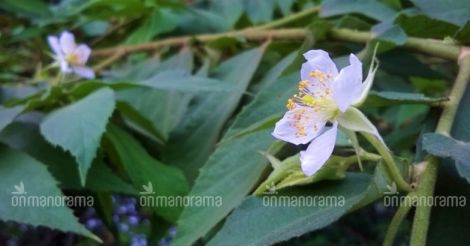
Muntingia calbura (Family Muntingiaceae) found by the edge or bank of the water bodies. This species is known to colonize tropical lowland areas with disturbed habitats and conditions such as poor soil, acidic or alkaline conditions, etc. But its flowers provide nectar and its fruits are eaten by birds and mammals. Photo: Poornima Viswanathan
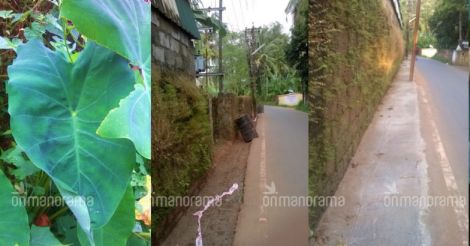
(From left) A Colocasia plant with a sphingid moth (Theretra clotho, Family Sphingidae) pupating in its leaf fold (Sept 02, 2016). The corner of the road where these plants were growing, now razed to the ground (Sept 23, 2016). The same lane with the corner fully cemented and sealed (Sept 30, 2016). Photo: Poornima Viswanathan
14. On the positive side, there is a slowly growing understanding that none of our material or economical successes will ensure our long term survival, if we continue to ignore the wrongs we are doing to the natural landscapes around us. So let us pledge to collectively champion the cause of our fellow creatures and through it, help our own survival on this planet, our only home.
Happy Environment Day 2017! Let us celebrate the Natural World!
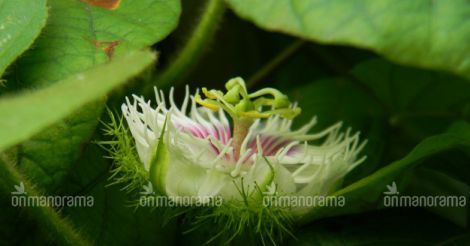
Passion flower (Passiflora sp.) Photo: Poornima Viswanathan
(The author is a teaching assistant with the Department of Entomology, Kerala Agricultural University.)
























